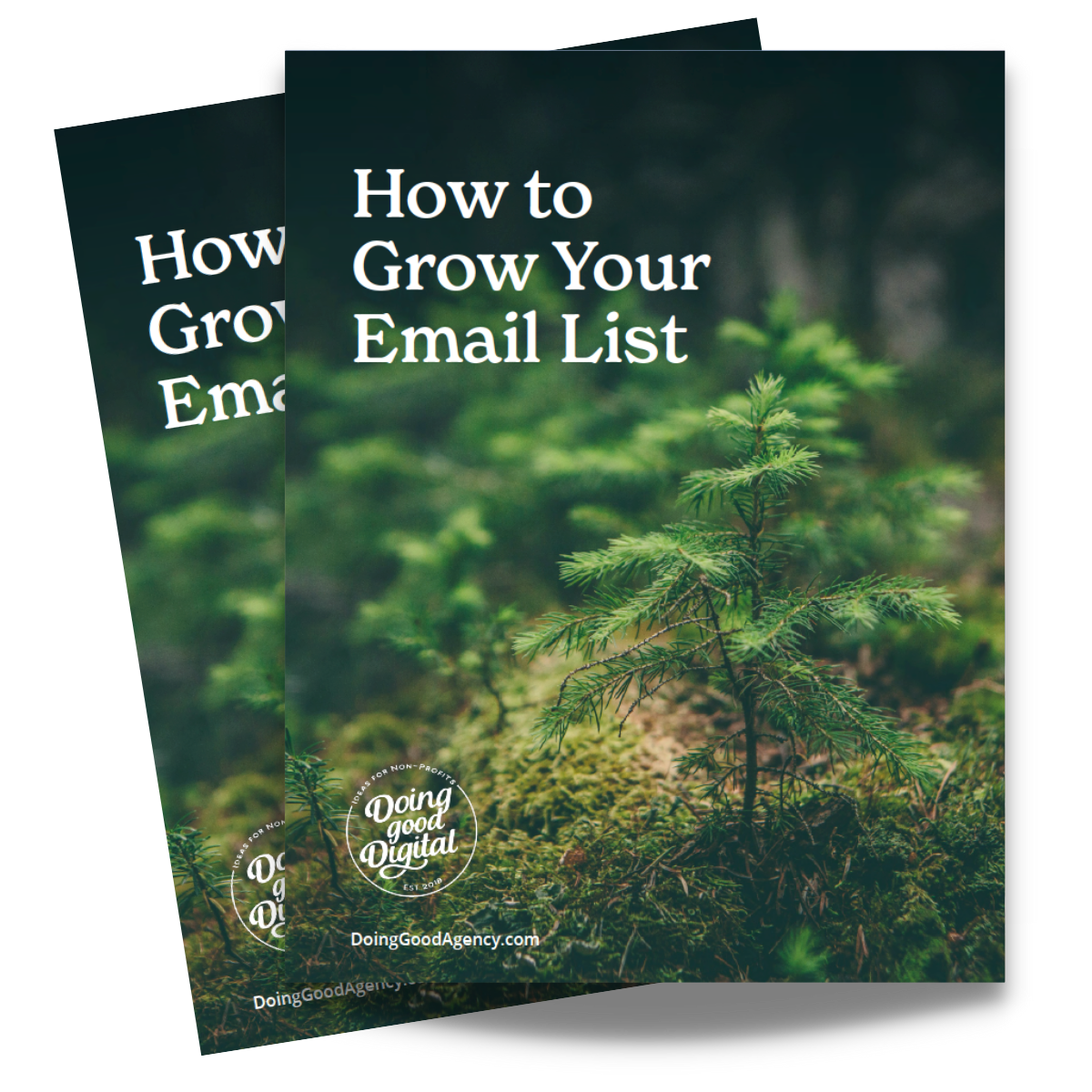How to Approach Email Solicitations for Recently Discharged Patients

In the realm of healthcare fundraising, the approach to engaging recently discharged patients through email solicitation series is crucial. Finding the balance between welcoming a new person into the fold and effectively soliciting donations requires strategic thought and careful execution. This blog post explores the key components of crafting an effective email solicitation series for recently discharged patients.
Welcoming New Patients and Establishing Communication
The initial phase of your email solicitation series should focus on welcoming recently discharged patients, often referred to as possible “grateful patients,” and helping them get accustomed to receiving email communications from your organization. This is the foundation upon which your relationship with potential donors is built.
- Warm Welcome Messages: Begin with a friendly and informative welcome email. Introduce your organization, its mission, and the impact it has on the community. This message should express gratitude for their recent interaction with your healthcare services and reassure them that you value their well-being beyond their hospital stay. The power of storytelling should shine through as a key component of this effort.
- Setting Expectations: Clearly communicate what types of emails they can expect to receive from your organization. Highlight the value of these communications, whether it’s health tips, updates on community programs, or stories of impact. This transparency builds trust and reduces the likelihood of unsubscribes.
The Passive Option to Give: A Gentle Nudge
While it might seem counterintuitive, consistently offering a passive option to give can lead to significant contributions over time. This approach respects the recipient’s autonomy while keeping the door open for donations.
- Subtle Donation Links: In your initial emails, include subtle donation links or buttons. Avoid making the primary focus of the email a solicitation; instead, weave the option to give naturally into the content. For example, a story about a patient’s recovery could end with a gentle nudge to support similar stories of hope.
- Soft Asks in Informative Content: Create content that provides value to the recipient, such as health tips, upcoming events, or patient success stories. Within this content, incorporate soft asks that invite readers to contribute if they feel inspired. This approach maintains engagement without coming across as overly aggressive.
Clickable Content: Informing Your Donor Strategy
Clickable content is a powerful tool to learn about the interests and preferences of your audience. By analyzing engagement with various types of content, you can tailor your donor program to better match the passions and communication preferences of your recipients.
- Surveys and Polls: Regularly include surveys and polls in your emails to gather insights about what your audience is interested in. Ask about their preferred topics, the frequency of communications they are comfortable with, and what motivates them to give.
- Interactive Content: Utilize interactive content such as quizzes, downloadable resources, and videos. Track engagement metrics to identify trends and preferences. This data can inform the types of donor opportunities you present to different segments of your audience.
Building a Community: Engagement-Focused Series
An effective email solicitation series should go beyond asking for donations. It should aim to build a sense of community and engagement that aligns with a greater solicitation strategy.
- Community Building Emails: Send regular emails that focus on building a community. Highlight events, share success stories, and create opportunities for recipients to connect with each other. Encourage feedback and interaction to foster a sense of belonging.
- Engagement Opportunities: Provide various ways for recipients to engage with your organization beyond donating. Offer volunteer opportunities, invite them to attend events, or participate in advocacy efforts. By creating multiple touchpoints, you deepen their connection to your organization.
- Consistent Follow-Up: Follow up on initial engagements with personalized content that aligns with their expressed interests. This ongoing conversation keeps your organization top of mind and reinforces their value to your community.
Seamlessly Aligning with a Greater Solicitation Strategy
Your email solicitation series should be an integral part of a broader, cohesive solicitation strategy. This ensures that every communication serves a purpose and contributes to your overall fundraising goals.
- Integrated Campaigns: Coordinate your email efforts with other fundraising campaigns. For instance, if you have a direct mail campaign, ensure your emails complement the messaging and timing of the mailers. Consistency across channels reinforces your message and increases the likelihood of donations.
- Data-Driven Adjustments: Continuously analyze the performance of your email series. Use metrics such as open rates, click-through rates, and conversion rates to refine your strategy. Make data-driven adjustments to optimize engagement and donation outcomes. Set up your program for success by ensuring email deliverability is an ongoing focus and consideration.
- Automation and Personalization: Leverage automation tools to streamline your email series. Automated workflows can ensure timely and personalized follow-ups based on recipient behavior. Personalization enhances the recipient’s experience and increases the effectiveness of your solicitations.
Crafting an email solicitation series for recently discharged patients requires a thoughtful balance between welcoming new individuals, offering passive giving options, and using engagement-focused strategies to build a community. By incorporating clickable content and aligning your email efforts with a broader solicitation strategy, you can create a sustainable and effective donor program that resonates with your audience and drives meaningful contributions.
Ready to get started? If you are looking to learn more about adding digital to direct response programs and how you can automate those initiatives, please reach out to us!





